Wastewater treatment is an integral part of modern society, and wastewater tanks play a vital role in the overall treatment process.
The Role of Wastewater Tanks
Wastewater tanks are containers used for temporary or permanent storage of wastewater generated for subsequent treatment. They play a vital role in wastewater treatment systems, helping to balance the relationship between flow rates, treatment cycles and water quality requirements. These tanks can store wastewater at different stages, including before, during and after treatment.
Common Types of Wastewater Tanks
Pretreatment Tanks
These tanks are typically located at the beginning of a wastewater treatment system and are used for temporary storage of raw wastewater. Pretreatment tanks provide initial filtration, settling or neutralization of the wastewater to reduce the concentration of suspended particulate matter and contaminants. Type to large non-biodegradable solids can also be removed with coarse screen and fine screen.

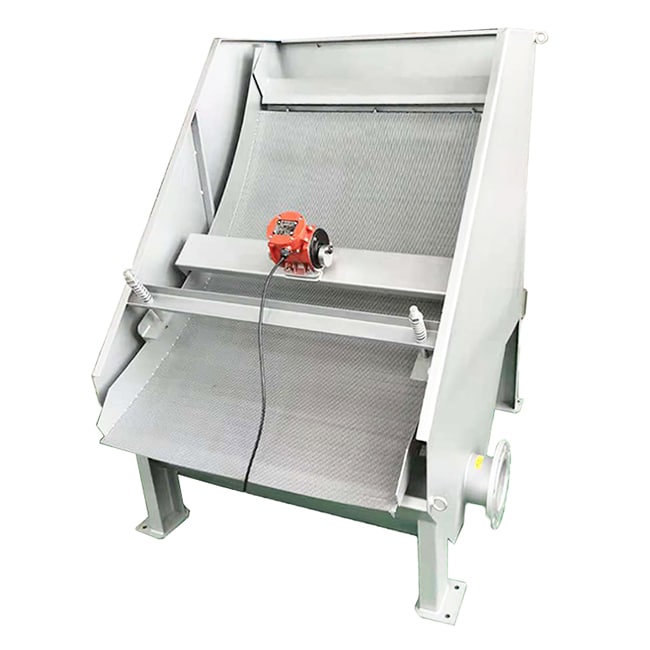
Intermediate Tanks
Intermediate tanks are located in the middle of the wastewater treatment process and are used for temporary storage of partially treated wastewater. These tanks help to equalize flows and loads in the treatment process and provide back-up storage capacity when needed.
Sedimentation Tanks
Sedimentation tanks are used to purify wastewater by settling suspended particulate matter from the wastewater to the bottom. These tanks are often used to separate sediments so that subsequent treatment steps can be carried out more efficiently. Roots Blower is set up at the bottom or side of the settling tank to form bubbles by injecting gas (usually air) into the tank and stirring and lifting the sludge suspension to the surface of the tank water. This helps accelerate the sludge settling process and improves settling efficiency.
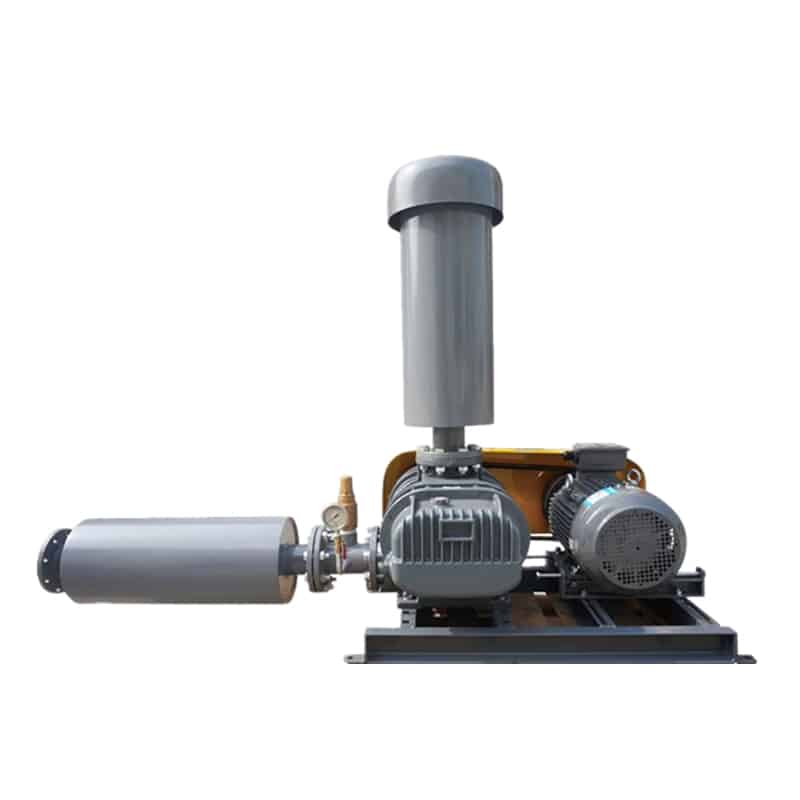
Storage Tanks
Storage tanks are used for long-term storage of treated wastewater for further treatment or release when needed. These tanks can store various types of wastewater, including industrial wastewater, municipal wastewater and agricultural wastewater.
Chemical Tanks
In the wastewater treatment process, chemicals may be required for neutralization, precipitation, or other treatment steps. Chemical tanks are used to safely store these chemicals and add them to the wastewater when needed.
Enclosed Tanks
Enclosed tanks are designed to be sealed better to reduce the release of gases and odors and prevent contamination of the surrounding environment. These tanks are often used to treat wastewater with strong odors.
Underground Tanks
Underground tanks are installed underground to save space and minimize environmental impact. These tanks are commonly used in urban and industrial areas to conceal wastewater treatment facilities.
Portable Tanks
Portable tanks offer the flexibility to be positioned as needed. These tanks are often used for temporary projects or temporary wastewater treatment needs.
Design Principles for Wastewater Tanks
The design of wastewater tanks needs to consider factors such as tank capacity, material selection, leakage prevention measures, and mixing equipment to ensure safety and environmental protection.
- Material selection and corrosion resistance: Select materials with high corrosion resistance to prevent wastewater damage to the tanks and to reduce the risk of pollutants being released into the environment. Commonly used materials include stainless steel, fiberglass and polyethylene.
- Appropriate capacity: The capacity of the storage tank should be determined according to the expected wastewater flow rate, treatment process and treatment cycle to ensure adequate storage capacity and avoid wastewater overflow or accumulation.
- Structural strength: The structure of the tank should be strong enough to withstand the weight and pressure of the wastewater and prevent deformation, rupture or leakage.
- Leakage and overflow protection: Appropriate leakage and overflow protection devices should be designed to avoid wastewater leaking into the environment and polluting the soil and groundwater.
- Ventilation and odor control: Design appropriate ventilation system for the tanks to reduce the accumulation of gases in the tanks and the spread of harmful odors.
- Ease of cleaning and maintenance: Considering the cleaning and maintenance of the tanks, make sure the design includes access ports for easy access, cleaning and servicing.
- Avoid dead corners and stagnant water: Design the shape of the tank interior to avoid dead corners and stagnant water areas in order to minimize the accumulation of contaminants and the possibility of bacterial growth within the wastewater.
- Environmental adaptability: consider the climate, temperature and other conditions of the environment in which the tank is located to ensure that the tank materials and structures can maintain stability and durability under different conditions.
- Safety: The design of the tank should comply with safety standards and regulations, including fire, explosion and overturning and other safety requirements.
- Monitoring and control: Integrate appropriate monitoring and control systems to monitor in real time the level of wastewater, pressure and other critical parameters in the tanks to ensure that the tanks are operating properly.
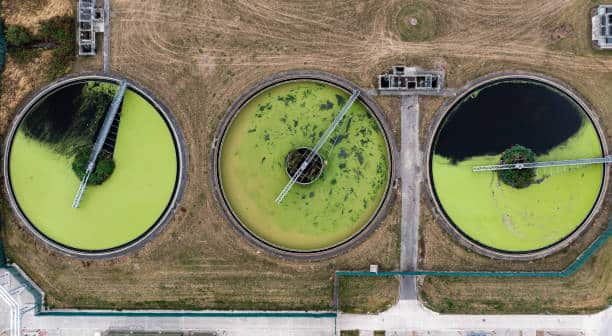
The Importance of Wastewater Tanks
Wastewater tanks are a key part of the treatment process. Reasonable tank design and management can reduce wastewater leakage, reduce the pressure on the treatment facility, and thus improve treatment efficiency.
- Wastewater storage and balancing: Wastewater storage tanks, as one of the core components of a wastewater treatment system, are used for temporary storage and balancing of wastewater flows. This helps regulate the treatment process, preventing fluctuations in wastewater flow from adversely affecting the treatment system and ensuring consistent treatment results.
- Pollutant removal and treatment: Wastewater tanks allow wastewater to be statically treated over a period of time, allowing time for pollutants to settle, separate and be removed. This helps to reduce the concentration of pollutants such as suspended solids, particulate matter and grease in the wastewater(DAF also removes suspended solids, fats, oils and greases from various wastewater streams) and improves the efficiency of subsequent treatment steps.
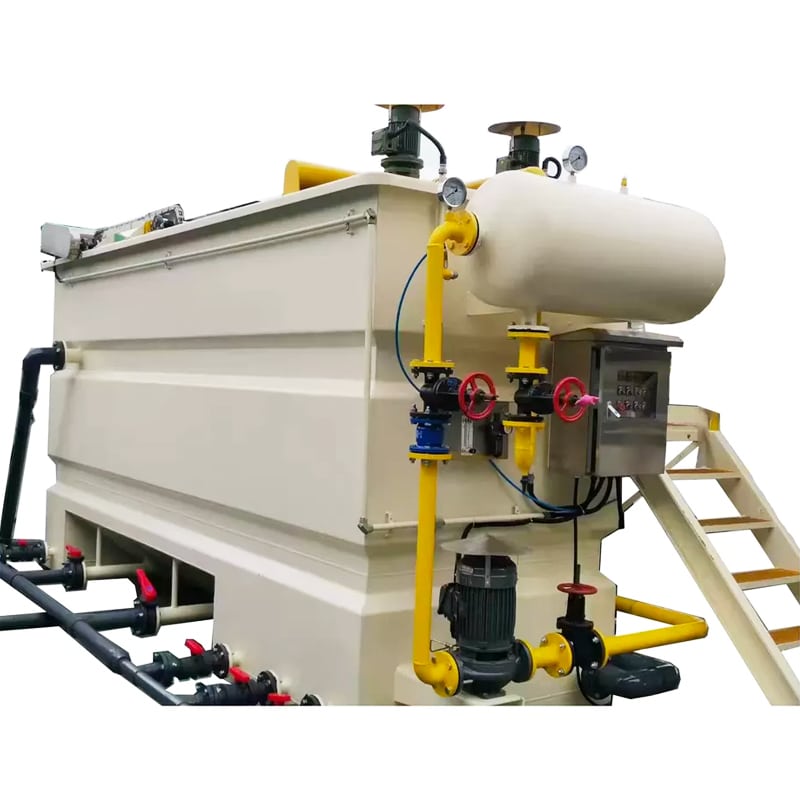
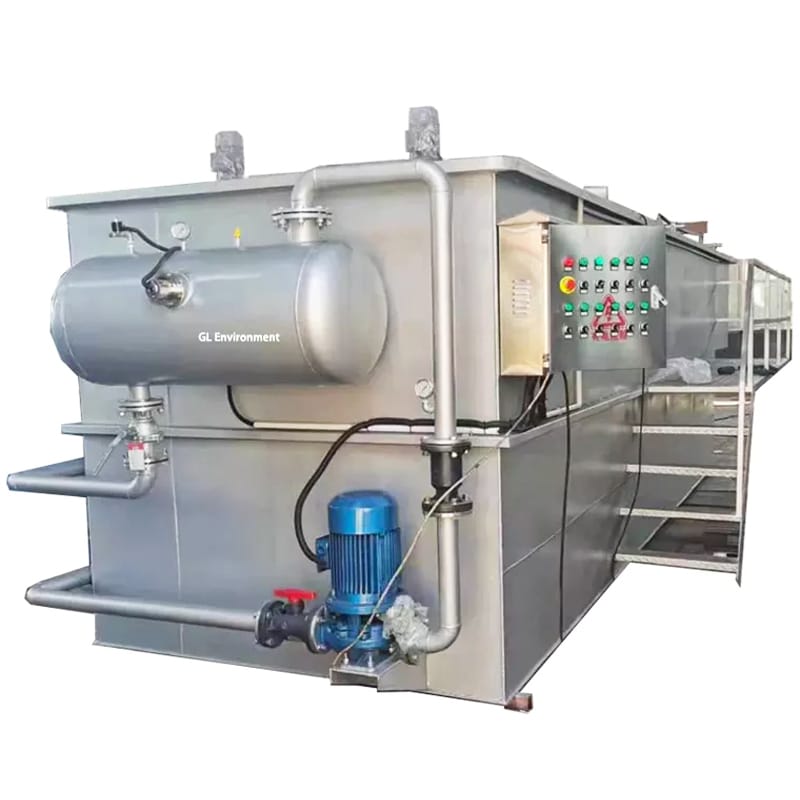
- Emergency response: Wastewater tanks can also be used for temporary storage of large quantities of wastewater generated in emergency situations, such as sudden accidents, heavy rainfall, etc. In these situations, the tanks can prevent wastewater from overflowing, avoiding environmental pollution and health risks.
- Treatment Flexibility: Wastewater tanks allow the treatment system to accommodate different wastewater flows and properties over time. This flexibility ensures that the system can operate effectively during both peak and trough periods.
- Protecting the environment: A properly designed and utilized wastewater tank prevents wastewater from leaking into the environment and avoiding contamination of soil and groundwater. It also helps prevent pollutants from entering water bodies and natural ecosystems.
- Regulatory Compliance: The use of wastewater tanks often requires compliance with environmental regulations and standards to ensure that the wastewater treatment process meets legal requirements and to avoid possible fines and liabilities.
- Sustainability: An effective wastewater tank system contributes to a sustainable model of water management. By storing, treating and reusing wastewater, the demand for natural water resources can be reduced and the efficient use of water resources can be promoted.
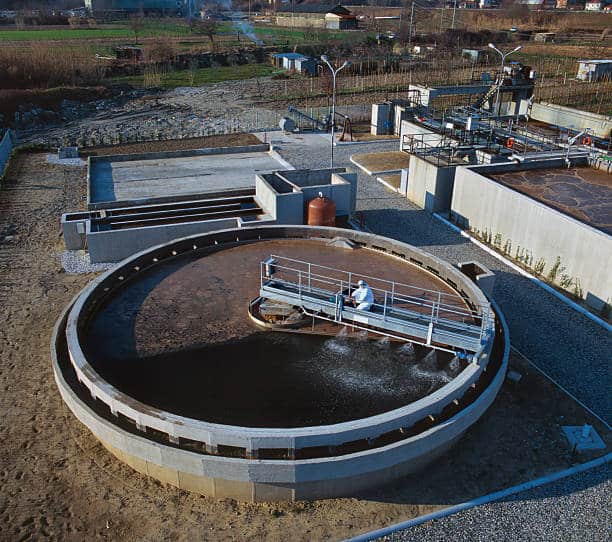
Applications for Wastewater Tanks
- Industrial field: It is used to store industrial wastewater for subsequent treatment to prevent pollution to the environment.
- Municipal wastewater treatment: Used to temporarily store municipal wastewater, balance the amount of incoming and outgoing water, and ensure the normal operation of wastewater treatment plants.
- Agriculture: Used to store agricultural wastewater for discharge, recycling or further treatment to reduce the pollution of soil and water.
- Construction site: Used to store wastewater generated at the construction site to avoid adverse effects on the surrounding environment.
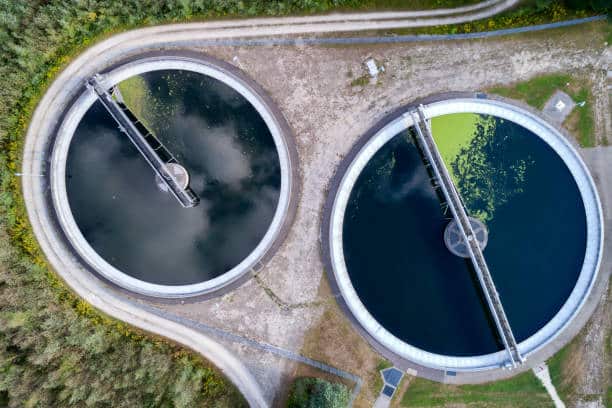
Summary
Wastewater tanks play a vital role in the wastewater treatment process. They are not only a place for temporary storage of wastewater, but also a key factor in treatment efficiency and environmental protection level. Through proper design, maintenance and management, wastewater tanks create a cleaner and sustainable environment. kuosi, as your partner in wastewater treatment, provides wastewater treatment equipment such as sludge dewatering equipment, sludge dryers, dissolved air flotation systems, aeration blowers, disinfection systems and wastewater screens, helping you to realize efficient and sustainable wastewater treatment and build an environmentally friendly future together. Please feel free to contact us.
